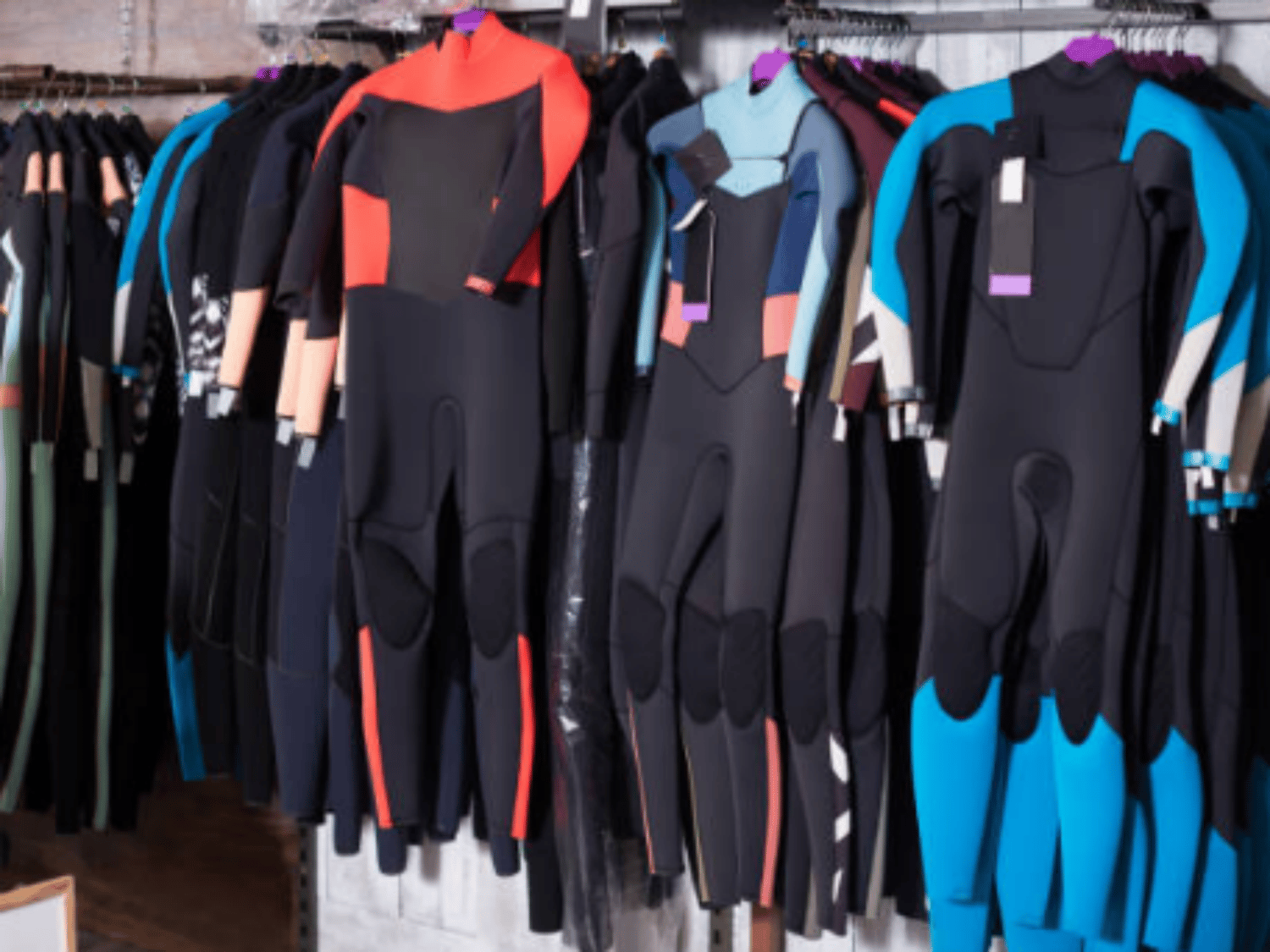What material do scuba divers wear: A Comprehensive Guide
Scuba diving is an exhilarating underwater activity that allows individuals to explore the mesmerizing marine world. Whether you are a seasoned diver or just starting your scuba adventures, understanding the importance of the materials you wear is crucial. In this article, we will delve into the various materials that scuba divers wear to ensure their safety, comfort, and optimal performance. From wetsuits to masks and fins, each piece of equipment plays a vital role in enhancing the overall diving experience.
The Importance of a Wetsuit
A wetsuit is one of the most essential pieces of gear that scuba divers wear. This specially designed suit provides insulation and protects divers from the cold water temperatures encountered during their underwater explorations. The primary material used in wetsuits is neoprene, a synthetic rubber that offers excellent thermal insulation properties. Neoprene traps a thin layer of water against the diver's skin, which then warms up and creates a barrier against the surrounding cold water.
Diving Masks: Clear Vision Underwater
To enjoy a clear and unobstructed view underwater, scuba divers wear diving masks. These masks create an air pocket in front of the diver's eyes, allowing them to see clearly while keeping water out. The lenses of diving masks are typically made from tempered glass, which is both strong and resistant to breaking under pressure. The frame of the mask is often constructed using durable materials such as silicone or rubber, ensuring a comfortable and watertight fit.
Snorkels: Breathing Apparatus at the Surface
While scuba divers primarily rely on their regulators for breathing underwater, snorkels are an essential piece of equipment when at the surface. A snorkel allows divers to conserve their air supply by breathing through a tube while their face remains submerged. The material used for snorkels is usually lightweight and flexible, such as silicone or plastic. Snorkels often feature a purge valve, which allows for easy clearing of any water that enters the tube.
Fins: Enhancing Mobility and Efficiency
Fins play a crucial role in enhancing a scuba diver's mobility and efficiency underwater. These specialized footwear allow divers to move through the water with minimal effort while conserving energy. Fins are typically made from materials such as rubber or thermoplastic elastomers (TPE). These materials provide both flexibility and durability, ensuring that divers can kick effectively and maneuver smoothly through different water conditions.
Dry Suits: Protection in Cold Water
In colder water conditions, scuba divers may opt to wear dry suits instead of wetsuits. Dry suits offer complete insulation and keep divers dry by preventing water from entering. These suits are often made from waterproof or water-resistant materials such as neoprene or tri-laminate fabrics. Dry suits also feature seals around the wrists, neck, and ankles to prevent water from seeping in. They are typically worn with thermal undergarments to provide additional warmth.
Gloves: Keeping Hands Warm and Protected
When diving in chilly waters or exploring rocky environments, scuba divers wear gloves to keep their hands warm and protected. Gloves serve as a barrier between the diver's hands and the cold water, preventing heat loss and potential injuries. The material used for gloves can vary, with common options including neoprene, latex, or a combination of both. These materials offer flexibility, insulation, and grip, allowing divers to handle equipment and navigate underwater terrain comfortably.
Boots: Ensuring Comfort and Safety
Wearing the right footwear is crucial for scuba divers, as it provides both comfort and safety. Diving boots are typically made from neoprene, which offers insulation and protection against sharp objects or potential hazards on the seabed. These boots are available in various thicknesses to cater to different water temperatures. They often feature sturdy soles with slip-resistant patterns, ensuring a secure grip on wet surfaces and enhancing overall stability.
Hoods: Maintaining Body Heat
In extremely cold water conditions, scuba divers may wear hoods to maintain body heat and prevent heat loss from their heads. The material used for hoods is similar to that of wetsuits or dry suits, usually neoprene or a combination of neoprene and other insulating materials. Hoods cover the diver's head and neck, providing an additional layer of insulation and ensuring comfort throughout the dive.
Weight Belts: Achieving Neutral Buoyancy
Scuba divers wear weight belts to achieve neutral buoyancy, allowing them to control their depth in the water. These belts are typically made from durable materials such as nylon or rubber, with adjustable buckles for a secure fit. The weight itself is usually made of lead. By adding or removing weights, divers can compensate for the buoyancy of their equipment and maintain a comfortable and controlled position underwater.
Safety Equipment: Harnesses and BCDs
Scuba divers also wear safety equipment such as harnesses and buoyancy control devices (BCDs). Harnesses are typically made from strong webbing materials and are used to secure the diving cylinders to the diver's back. BCDs, on the other hand, are inflatable vests that assist divers in controlling their buoyancy. These devices are often made from durable materials such as nylon or Cordura, ensuring their longevity and reliability.

